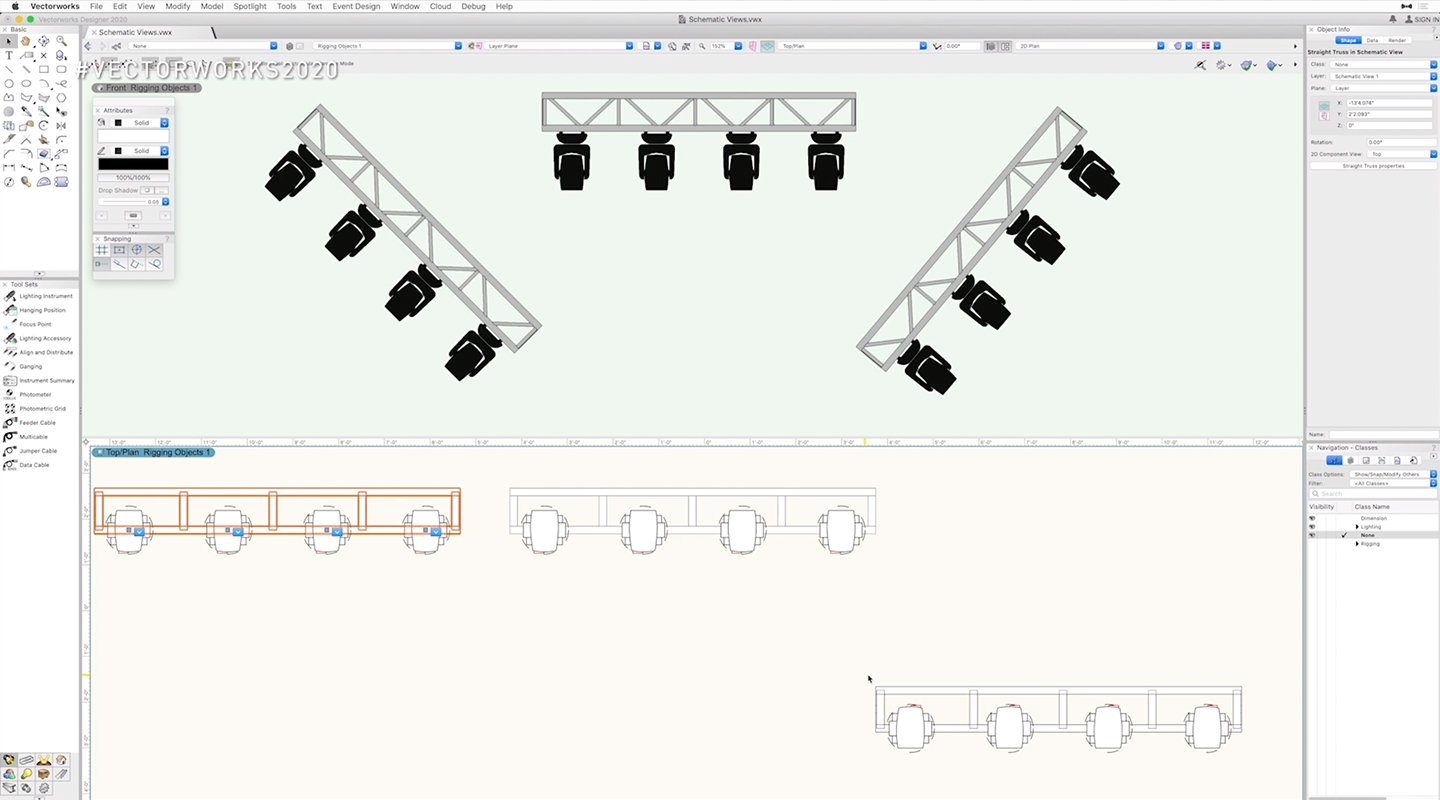
- Fine Woodworking Archive Update For Mac Catalina Version
- Fine Woodworking Archive Update For Mac Catalina Bay
- Fine Woodworking Archive Update For Mac Catalina Beach
Apple this week officially released macOS Catalina (also known as macOS 10.15), the first major update to its Mac operating system since Mojave last year. Because of that, many Mac users are likely eager to upgrade. But there may be a few key reasons to stay away, even more-so than past macOS releases, at least for the time being. Continue reading to learn 5 Reasons Not to Upgrade to macOS Catalina (Yet).
The latest: Apple releases macOS Catalina 10.15.5 update. Apple released an update for macOS Catalina that includes the new Battery Health Managment feature for MacBooks, and a new option to turn. After making a Fine Woodworking Jewelry Armoire purchase from 3D Woodworking + Plans y ou will receive an email with your receipt and a Fine Woodworking Jewelry Armoire link to download your purchase. If for 1 last update 2020/06/14 some reason you do not receive this Fine Woodworking Jewelry Armoire email within 15 minutes, check your Spam (Junk) folder it 1 last update 2020/06/14 may have. Oct 07, 2019 macOS Catalina, the latest version of the world’s most advanced desktop operating system, is now available as a free software update. With macOS Catalina, users are able to enjoy Apple Arcade, a groundbreaking new game subscription service featuring new, exclusive games from some of the world’s most creative developers.Adding to great entertainment on the Mac, Catalina also features.

Catalina Doesn’t Support 32-Bit Apps
First off, if you rely on any 32-bit apps, you should stay away from macOS Catalina. At this point, you’re probably familiar with macOS 32-bit compatibility warnings. Those warnings won’t show up in Catalina. Your 32-bit apps simply won’t run on the new software.
Because of that, if you use any “mission-critical” software that’s currently 32-bit or that has 32-bit dependencies, you’ll want to avoid updating.
You can check for 32-bit software by:
- Clicking the Apple logo button in the menu bar.
- Click About This Mac.
- Click System Report.
- Find Legacy Software. Your 32-bit apps should show up here.
As far as what you should do if you do have critical 32-bit apps, it’s not as clear. You should try contacting the developer of those apps to see if they are planning to update to 64-bit. If they are, try to get a timeline for said update. If not, try to find an alternative app.
Security Features May Cause Trouble
As you might expect, Apple always works to increase the security and privacy of its devices. macOS Catalina, for its part, introduces a slew of new features that should make your Mac more private and secure. But those same features may cause problems for users and developers.
For one, macOS Catalina now runs on a read-only file system, which can break compatibility for backup apps (until they patch it). Apps are now required to request permissions for everything from keystrokes to screenshots — which could break older apps that don’t know how to request or deal with these permissions.
And then there’s the new app notarization requirement for apps distributed outside of the Mac App Store. These requirements won’t prevent you from running un-notarized apps, but they will make it a bit harder and more annoying to do so.
While Apple is hoping to ease the transition, it may be smart to wait until your favorite developers catch up.
Catalina May Be Buggier Than Usual
Search for opinions about macOS Catalina and you’ll find differing reports. Some users indicate that Catalina is fairly stable, while others suggest it’s one of the buggier macOS releases in recent history.
(Your own mileage will likely depend on the Mac model you’re running and the software you use.)
If Apple’s other 2019 software releases are any indication, things may not look up for Catalina. iOS 13, iPadOS and watchOS 6 have all been unusually buggy. And Apple has actually taken to putting out rapid-fire releases to try and fix many of those issues.
Those quick bug fixes are appreciated. But, as an end user, you’ll probably want to wait for more stable releases. You may not run into significant problems on macOS Catalina, but it’s going to be best to err on the side of caution.
None of the Upgrades Are Mission-Critical
Here’s the kicker with the potential problems in macOS Catalina: they may not be worth it. Unlike past versions of macOS, many users report that the upgrades and new features in Catalina aren’t compelling enough reasons to update right away.
Sure, there’s a new Sidecar feature and the new security mechanisms will likely help consumers ward off attacks and malicious apps. But most of the marquee features in Catalina are aimed at entertainment — the addition of Apple Arcade; the new Music, Podcasts, and TV apps; etc.

Unless you use your Mac predominantly for entertainment or to consume media, those features and upgrades are likely not worth the risk. Or, at least, they aren’t worth upgrading immediately for.
Your Mac Is Probably Important
If you use a Mac in your day-to-day life, there’s a good chance that whatever you use it for is important. Whether it’s work, creative pursuits or education, the tasks you carry out on your Mac are likely much more important than the ones on your iPhone or iPad.
Because of that, we generally break away from the usual advice of updating to the latest software as soon as possible. It’s a risk and reward type of scenario. While Mac updates typically carry important security patches and other functionality, it’s simply not worth it if it impairs your ability to work.
Even without Catalina’s specific issues, we’d generally recommend waiting a few months before updating to a new major macOS version. Wait for a point release, particularly a “.2” one. By that time, many of the major issues will have been discovered by early adopters and hopefully addressed by Apple and third-party developers.
macOS Catalina gives you more of everything you love about Mac. Experience music, TV, and podcasts in three all-new Mac apps. Enjoy your favorite iPad apps now on your Mac. Extend your workspace and expand your creativity with iPad and Apple Pencil. And discover smart new features in the apps you use every day. Now you can take everything you do above and beyond.
Check compatibility
If you're using one of these computers with OS X Mavericks or later,* you can install macOS Catalina. Your Mac also needs at least 4GB of memory and 12.5GB of available storage space, or up to 18.5GB of storage space when upgrading from OS X Yosemite or earlier.
MacBook introduced in 2015 or later
MacBook Air introduced in 2012 or later
MacBook Pro introduced in 2012 or later
Mac mini introduced in 2012 or later
iMac introduced in 2012 or later
iMac Pro (all models)
Mac Pro introduced in 2013 or later
* To upgrade from Lion or Mountain Lion, first upgrade to El Capitan, then upgrade to Catalina. To find your macOS version, Mac model, memory, and storage space, choose About This Mac from the Apple menu . If your Mac isn't compatible with macOS Catalina, the installer will let you know. View the complete list of compatible computers.
Make a backup
Before installing any upgrade, it’s a good idea to back up your Mac. Time Machine makes it simple, and other backup methods are also available. Learn how to back up your Mac.
Fine Woodworking Archive Update For Mac Catalina Version
Get connected
It takes time to download and install macOS, so make sure that you have a reliable Internet connection. If you're using a Mac notebook computer, plug it into AC power.
Download macOS Catalina
If you're using macOS Mojave, get macOS Catalina via Software Update: Choose Apple menu > System Preferences, then click Software Update.
Or use this link to open the macOS Catalina page on the App Store: Get macOS Catalina. Then click the Get button or iCloud download icon.
Begin installation
After downloading, the installer opens automatically.
Click Continue and follow the onscreen instructions. You might find it easiest to begin installation in the evening so that it can complete overnight, if needed.
If the installer asks for permission to install a helper tool, enter the administrator name and password that you use to log in to your Mac, then click Add Helper.
Allow installation to complete
Please allow installation to complete without putting your Mac to sleep or closing its lid. Your Mac might restart, show a progress bar, or show a blank screen several times as it installs both macOS and related updates to your Mac firmware.
Fine Woodworking Archive Update For Mac Catalina Bay
Stay up to date
After installing macOS Catalina, you will be notified when updates to macOS Catalina are available. You can also use Software Update to check for updates: Choose Apple menu > System Preferences, then click Software Update.
Fine Woodworking Archive Update For Mac Catalina Beach
Or get macOS Catalina automatically
If you're using OS X El Capitan v10.11.5 or later and your App Store preferences or Software Update preferences are set to download new updates when available, macOS Catalina will download conveniently in the background, making it even easier to upgrade. A notification will inform you when macOS Catalina is ready to be installed. Click Install to get started, or dismiss the notification to install later. When you're ready to install, just open the file named Install macOS Catalina from your Applications folder.
Learn more
- If the installer shows a list of apps that are not optimized for your Mac, learn about 32-bit app compatibility, then choose whether to proceed with the installation.
- For the strongest security and latest features, upgrade to macOS Catalina. If you have hardware or software that isn't compatible with Catalina, you might be able to install an earlier macOS, such as Mojave, High Sierra, Sierra, or El Capitan.
- You can also use macOS Recovery to reinstall macOS.